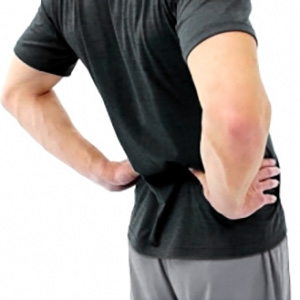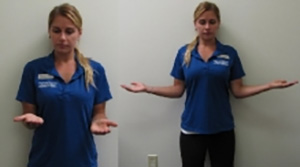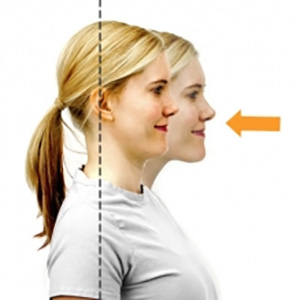
Back, neck and shoulder pain can intensify when traveling due to the stresses that get placed on the body’s joints, muscles and discs in the spine. We are often asked, “How do I prevent my body from hurting after a long car ride or flight?” The simple answer is: by focusing on corrected posture and stretch when needed, which means trying not to slouch when sitting or standing.
When sitting, make sure your buttocks are all the way to the back of the seat, and place a lumbar roll or small pillow in your low back, right above the waistband of your pants/skirt. If possible, your hips should be higher than your knees. In regards to your neck position, keep your head over your shoulders. Something we tell our patients all the time is to imagine there is a string pulling you from the back-top of your head (for women it would be the pony tail area) up towards the sky or ceiling, and lengthen your body upwards. Using a u-shaped neck pillow can also help keep your neck in neutral if you fall asleep, to prevent your head from falling forward or at an awkward angle to the side.
When flying on an airplane, try to book the right seat. Booking an aisle seat would be the best option so you can stand up when needed. Standing up every 30 to 60 minutes is beneficial for both low back pain and neck pain. Avoid heavy luggage, especially lifting the luggage into the overhead bin if you are experiencing shoulder pain or limited mobility. Ask for help from a flight attendant or a fellow passenger instead of causing any more shoulder irritation. Drink plenty of water! People tend to get dehydrated on a plane, and drinking water helps to prevent muscle cramping and spasm.
When traveling in a car, sitting in one position can stiffen the neck and back muscles, which can lead to achiness and muscle spasm. It would be beneficial to take a rest break every one to two hours. If someone has acute back pain, it is even beneficial to take more frequent breaks after 30 minutes of being in a car. Standing up out of the car moves the spine from a bent position to a straight position to decrease and prevent disc irritation.
Some exercises that can be done after sitting for an extended length of time are:
Standing Back Bend Extensions

Start by standing and placing your hands on your hips. Lean back to arch your back and then return to the starting position. Repeat 10 times after standing.
Bilateral External Rotation-Pizza Carry

With your back against the wall, bend both elbows to 90 degrees, palms facing the ceiling. Slowly bring the hands away from you, keeping elbows in contact with the body. As you do this, squeeze the shoulder blades and avoid “hiking” up your shoulders. Return to the starting position and repeat for 10 times.
Cervical Retraction/Chin Tuck

Slowly draw your head back so that your ears line up with your shoulders. Move your head back as if a dog is coming to lick your face. Do not bend your head up or down when performing this exercise. Perform 10 times.
Jessica Lowy, DPT, CMTPT, DN, McKenzie A-D, Advanced Schroth Therapist, and Michal Porath, MPT, McKenzie A-D, Advanced Schroth Therapist are owners of Prime Orthopedic Rehabilitation in Tenafly, New Jersey. They treat patients with neck and back conditions in their clinic, in addition to general orthopedic and post-surgical patients. Call (201) 503-7173 for an appointment.








